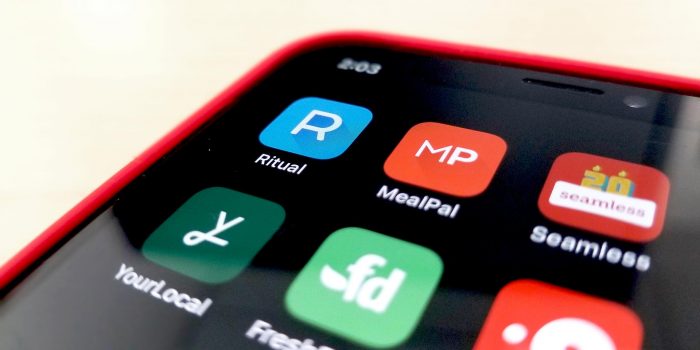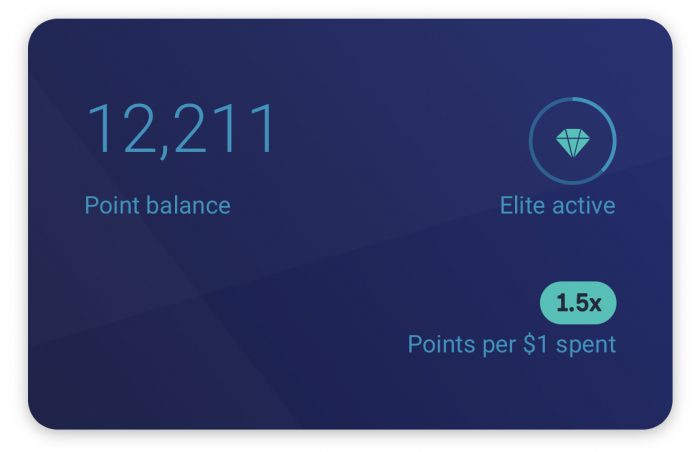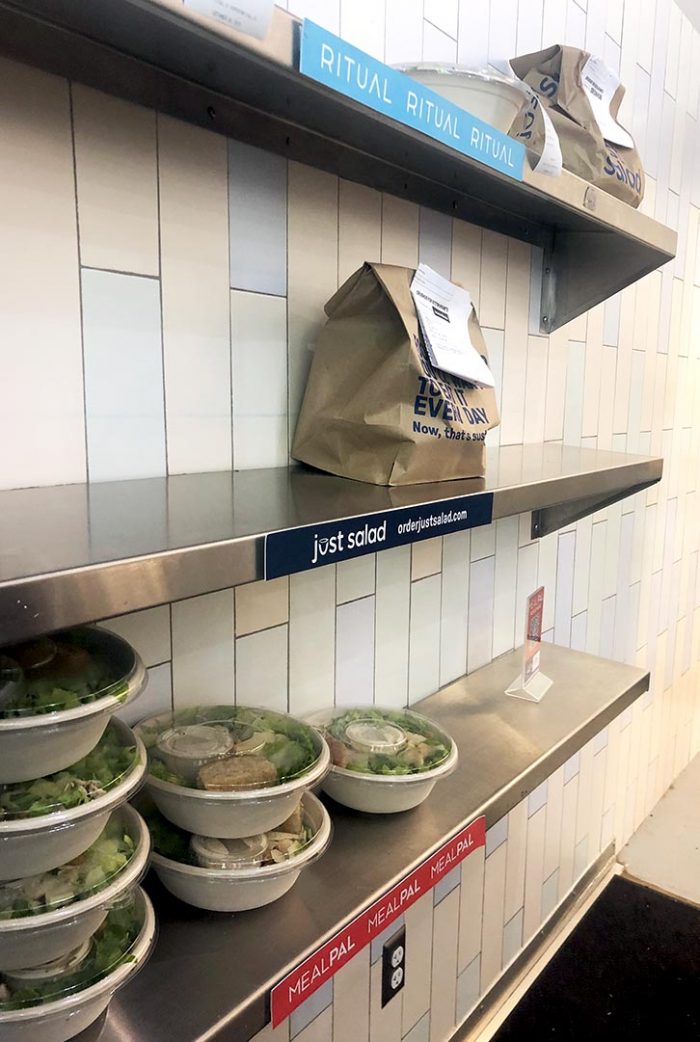The typical desk lunch has been a staple of the American office culture for a long time. Here at OSK New York, we handle things a bit differently. Lunch is a thing. Our team sits down to eat together at our long dining table with proper place settings and coffee and chocolate as dessert. We mostly talk about work-unrelated topics: what’s happening on the weekend, the latest episode of The Handmaid’s Tale or the difference between the American and German school system. As studies show that taking an actual break from work increases performance and creativity, we take lunch very seriously to make sure that we reach peak productivity.

People either bring their own lunches or go and get something in the sea of food options available in our neighborhood. Every day approximately 3.1 million people go to work in Manhattan with a big chunk headed to office buildings in Midtown East. And starting from 11:30 a.m., people swarm out of those buildings to the many restaurants, food halls, delis and bowl places to get their food.
With ever increasing lunch prices – now starting at approx. $12 for a salad – it can get quite pricey to buy lunch every single day. But luckily, it’s 2019 and there is an app for that – or actually two.
The apps we’re looking at are not the usual food delivery apps such as Seamless, UberEats, or DoorDash. These two apps have emerged and established themselves as the lunch apps of the moment that a good amount of people in Manhattan, and also of our team, has subscribed to.
Subscribe!
For the first of these apps, subscription is actually the key word. MealPal is a meal subscription service that was founded in 2016 and is now operating in markets in the US, Canada, and Australia. In New York, it’s gaining more and more traction as you can tell by the number of food places setting up the MealPal QR Code on their counters.
How does it work? Users pay a monthly subscription fee that includes 12 or 20 lunches. You go into the app, pick the dish you want from a participating restaurant, select a pick-up time, and reserve your meal. Lucky for us, the majority of the restaurants around our office is participating so there are plenty of options.
It’s a good deal for everyone who participates: Restaurants get a predictable and confirmed number of customers and can optimize their food prep by making a large amount of the same dish. Diners get a subsidized meal for about half the price of a regular lunch and don’t have to wait in lines. And MealPal makes a margin on each order and can collect consumer data to optimize their offering.

MealPal is the latest incarnation of the subscription service trend. This trend once started with music and video streaming services, and has now taken over almost every imaginable industry. Only to name a few: There is ClassPass for workout sessions, Blue Apron for home-cooked meals, Burst for toothbrushes, Misfits for organic vegetables, Feather for furniture, Birchbox for beauty products, JustFab for clothes, and Nike for kids’ shoes.
According to a report by McKinsey, the subscription e-commerce market has grown by more than 100% annually over the past five years. The target audience of these subscription services are often younger and affluent customers in urban areas that appreciate the convenience and discounted price they get in exchange for their commitment. MealPal hits that sweet spot with both a convenient and affordable offer.
Subscriptions per se are not a new thing. Monthly cable bills have been around forever and everyone at some point in their lives probably has had a magazine or newspaper subscription. However, the unexpected combination of a subscription with products that you never thought about subscribing to before, but that you actually do need on a regular basis, is what is new and appealing. And the possibilities are endless.
Gimme points!
The second app that we have recently discovered is called Ritual. Ritual was founded in Toronto in 2014 and expanded to the US three years later. Last month, they ran a promotion for $1 lunches that made us all sign up. Initially we expected that everyone would stop using it after the promotion ends. But surprise, we are still ordering food through Ritual.

How so? At first sight, there is nothing new about Ritual. You use the app to make an order and then go pick it up when it’s ready so you don’t have to wait in line. It also asks you to join your company team so that you get notifications when one of your co-workers makes an order. This way, you can piggyback on their order and they can pick it up for you along with their own order. This saves you a trip through the masses of people on Midtown streets during lunchtime.
Apart from their sporadic $1 lunch promotions and regular $5 off from selected restaurants, Ritual has a rewards points system. And this is where it gets interesting. In a society where people are obsessed with collecting points and read The Points Guy like a bible, Ritual offers an advantage over other food ordering apps and proprietary apps.
Most restaurants and food places have a reward system in place that for example gives you a free meal after ten purchases. These reward systems, however, are all specific to each place and unless you go to the same lunch spot every day, it takes quite a while until you actually get a reward.

With Ritual, you collect points in the same system no matter where you order, which allows you to get to a reward much more quickly. This universal reward system in combination with its regular discounts, presents a big draw.
Both MealPal and Ritual have found a unique selling point to set them apart from the well-established food ordering apps. They have even amassed a big enough of a user base to prompt some places in Midtown to set up designated shelves so that their users can easily find their orders and pass by the line of people ordering in store.
How we get our lunches will probably change again within the next year or even the next few months. But for the moment, even though we don’t know what is for lunch, we know that there is an app for that – or actually two.
